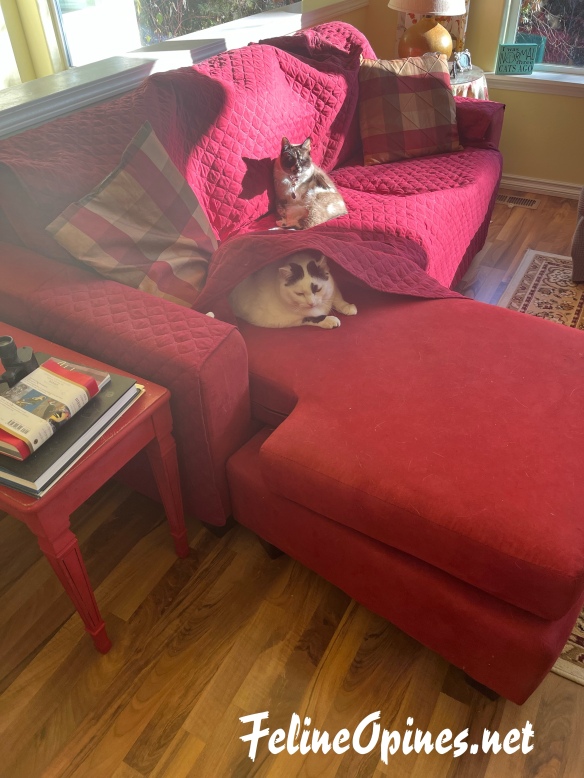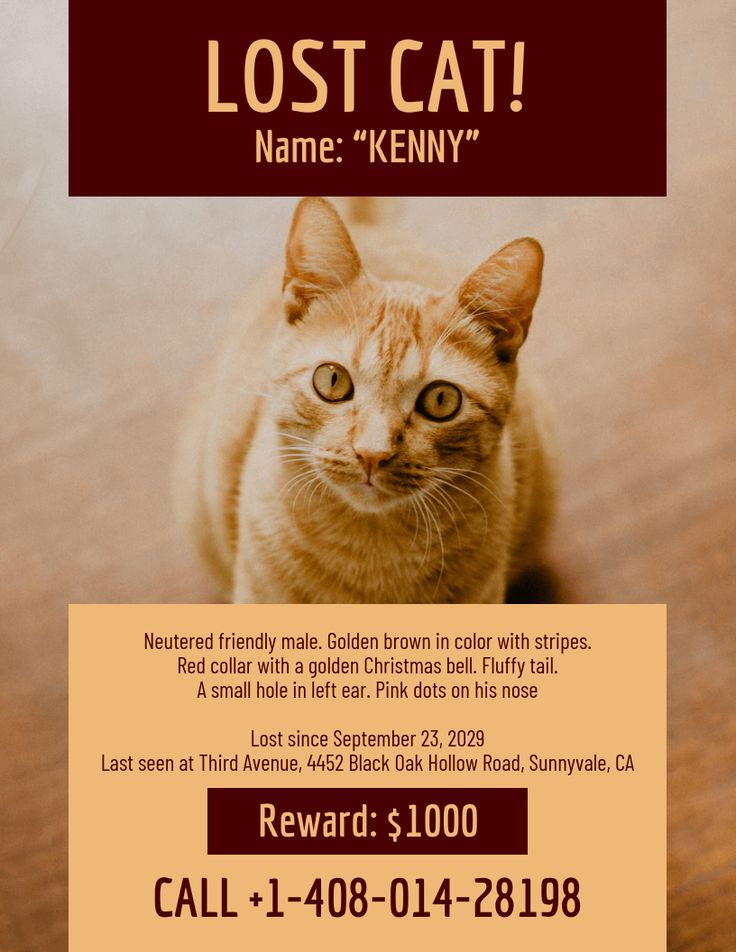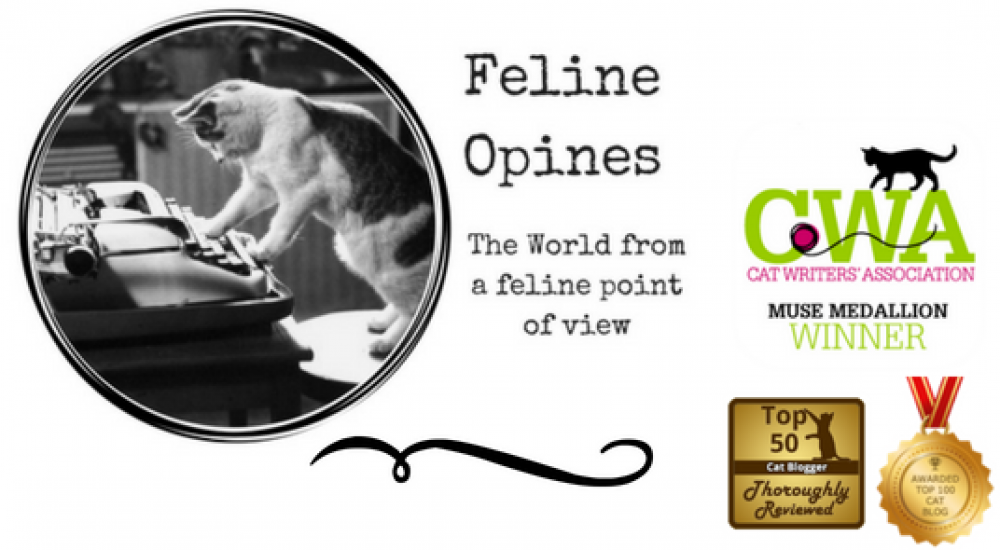
Well Hello There Furiends!
It’s been a rather chilly and blustery week in our neck of the woods. We had a surprise wind and snow storm and The Human says it’s like Siberia out there. Another human she knows said that instead of bemoaning the weather, she was going to be grateful for the new trampoline and lawn furniture she found in her yard (I told you it was a bad wind storm!)
While The Human did her civic duty yesterday and worked the polls, The Tribe suffered. We had to get up at 4am for our breakfast and before bed treats didn’t happen until 11:00pm. We were on the brink of starvation and Oliver was a bit miffed that the breakfast service was lacking.

And we were bored….soooooo bored so Ollie and Lilly entertained themselves by doing some interior decorating.

But life has returned to normal and The Human was able to come home and finish this post and some other work while we enjoyed treats and the fire.

This week’s web features will be a little shorter than usual but, being the thoughtful felines we are, we gave The Human a break.
Cat AWOL: New research shows 3 cats go missing every second – with 4 in 10 cats leaving home more than 5 times

Although I am not a wandering feline, I did find this study interesting. Did you know that In August in the UK there were 264,933 missing cats listed across five of the most popular missing pet websites, with 55% of cat owners saying their cat has gone missing at least once, with 22% saying their cat has left home at least five times.
This is a good reason to keep your felines inside as research across the five biggest missing pet websites reveals that 184 cats go missing every minute – and 3 each second.
Survey data from cat owners across the country revealed the top circumstances where cats go missing. These include when owners move house (11%), go away on holiday (10%), have builders in the home to renovate (9%) or get another pet (9%).
With more than half (53%) of Brits confessing they’d feed a cat who appeared in their garden, it’s no surprise many cats explore their surroundings for food, attention and adventures. (This is why The Human is always meowing about “THINK LOST NOT STRAY!”)
The good news is, 41% of people who reported a cat missing had them turn up again of their own accord. Of these felines, 18% of owners found their missing cat near their home, 16% received a call from someone local who found their cat, another 16% reported their cat had been found trapped in a shed or outbuilding, and 13% said they found their cat at an old home.
To explore what cats get up to when they are away from home, Admiral Pet Insurance partnered with Tractive GPS pet tracker.
Research conducted by Admiral Pet Insurance reveals that over a quarter of a million cats are currently missing in the UK. The data gathered by the insurer originates from the National Pet Register, Pets Located, Pets Reunited, Animal Search and the Blue Cross, where collectively there are 264,933 cats listed as missing.
Over 60% of the cats listed as missing were male, with an additional 27,000 more male cats listed as missing than females. Of the 11,000 missing cats listed on the National Pet Register, over 7,000 were microchipped; however the remaining 4,628 were not.
In December 2021, the British government announced a new law that will require cat owners to get their cat microchipped to help reunite missing cats with their owners. Pritpal Powar, head of pet at Admiral Insurance comments: “It’s important to ensure your cat is microchipped as it’s a great way to help missing cats be reunited with their owners.
“Microchipping is a safe, simple procedure for animals and the microchip lasts a lifetime, but remember to update the information if you change address.” Note-all of our Tribe is microchipped.
Black cats are most commonly reported missing, with over 85,000 black cats currently at large, making up 33% of the total missing cat population. A quarter (25%) of all missing cats are white and 13% are brown.
In addition, 72% of the cats reported missing had monotone coats, for instance a fully black, white or brown cat, which could suggest cats with easily identifiable coat markers are reunited with their owners sooner, resulting in fewer listings for cats with mixed color coats, now that’s interesting.
On average, male cats spend 5 hours active per day, while female cats were only active for an average of 3 hours per day. In this time, they also travel further than the female cats in the experiment, who tended to explore the same areas but spend more time there.
Cat expert, Lucy Hoile comments: “Male cats are naturally more active and maintain a wider territory than females due to their innate drive to find mating opportunities. The more ground they cover, the more females they are likely to encounter.
Due to their increased activity levels, male cats were also found to burn on average 19% more calories than female cats. (Hmm, if that’s true why does Lily weigh only 8 pounds?)
Fearful cats also express other problematic behavior: Socialization important already at early stages of life

A new research study about fearful cats was recently concluded. “We wanted to find out what factors are associated with the problematic behavior of cats, such as fearfulness, aggression towards humans and excessive grooming. We utilized a survey dataset previously collected in our research, which we have already used to investigate the construction of the feline personality,” says Doctoral Researcher Salla Mikkola from the University of Helsinki and the Folkhälsan Research Center
The survey included more than 120 statements used to score feline traits.
The fearfulness factor included statements on the cat’s reaction to strangers, sudden noises and changes taking place at home. Aggression towards humans included scratching or attempts to bite in conjunction with care, such as when being brushed. Excessive grooming included extensive and intensive grooming as well as self-mutilation by pulling hairs off with teeth, or by biting or licking.
“We investigated the link between these problematic behavioral and personality traits, and almost 30 behavioral, environmental and biological factors. For example, the socialization of cats with humans was associated with fearfulness. Cats who had come into contact with unfamiliar adults and children under 12 weeks of age only a few times or not at all were more fearful than cats who met strangers on a weekly or daily basis. Fearful cats also received, on average, higher scores for litterbox issues, aggression and excessive grooming,” Mikkola says.
Prior studies have also shown that fearfulness can lead to aggressive behavior, such as hissing and biting, if the cat sees no other way out of a frightening situation. No direct causalities can be established on the basis of the data.
“There were less aggression and fearfulness in households with more than one cat, but we cannot say for certain why this is. It may be that the companionship of other cats is an important stimulus for cats, or alternatively, people don’t want to take a mate for their aggressive cat due to its nature. Research carried out through a different design is needed to explain causalities,” says Professor Hannes Lohi.
Professor Lohi’s group will conduct research on feline litterbox issues in the near future. I say it’s about time those sciency people studied us amazing felines!
Cat’s GPS Reveals His Deepest Secret
This cat’s mom hired an electronic “private detective” to find out what her feline has been up to. If you want to follow Bernie’s adventures you can check him out on Instagram
Beloved cat’s eviction from Vancouver grocery store sparks petitions

Mickey is a black and white cat that lived at Top Ten Produce until recently. Alas, the rules regarding cats in grocery stores are clear and after Vancouver Coastal Health (VCH) received a complaint, the West Point Grey grocer had to bid the feline farewell. Luckily, Matthew MacDonald, the store’s manager, had space for Mickey at his home.
However, staff and their neighbors want Mickey to stay at the store, where he fills a variety of roles, from pest control to mascot to therapy cat. Mickey is a very multi-talented cat.
“I try not to watch people when they’re interacting with him because some of the interactions are so deep and people are really into him,” MacDonald told Vancouver Is Awesome. “He makes people feel special.”
Mickey arrived at Top Ten a couple of years ago, after a friend-of-a-friend found they couldn’t provide a good home for him. “We thought we had a better place for him, a better environment,” MacDonald says.
At first he was a bit of a scaredy-cat, but the store had lots of nooks for him to shelter in, and he became more comfortable with the human visitors. He also took on the job of mouser; when Top Ten faced a rodent issue a couple of years ago.
So far, no order has been given, but VCH has done an educational visit.
“The operation of food premises in B.C. is a regulated activity under the Public Health Act and an operator must not permit live animals to be on the premises. There are exceptions for service dogs and live fish in an aquarium,” a VCH spokesperson tells V.I.A.
They note the “use of live animals is also not a recognized component of an integrated pest management program for controlling pests in food premises.” Well as my feline granny used to say, “BALDERDASH!”
There has been a large wave of support for Mickey. So far, around 3,000 people have signed the online petition. When discussions with VCH continue, MacDonald says he’ll ask how to move forward.
However, he’s worried that while other shop animals fly under the radar, Mickey’s newfound fame may be to his detriment. “I’d like Mickey to stay here, but I’m scared. I feel this publicity means he cannot stay here.” And there you go; fame does have its problems.

